Jim Clark Rally deaths 'could have been avoided'
- Published
The crashes happened in the Scottish Borders and near Inverness (some people may find images in this report distressing)
Three deaths at a rally in the Scottish Borders could have been avoided if people had been clearly banned from standing in the area where the crash took place, a sheriff has ruled.
A fatal accident inquiry was held into the deaths at the Jim Clark Rally in 2014, and a fourth fatality at the Snowman Rally near Inverness in 2013.
Sheriff Kenneth Maciver found no reasonable precautions could have avoided the death at the Snowman Rally.
A joint inquiry examined both events.
Iain Provan, 64, Elizabeth Allan, 63, and Len Stern, 71, died at the Jim Clark Rally.
Joy Robson, 51, lost her life at the Snowman Rally the previous year.
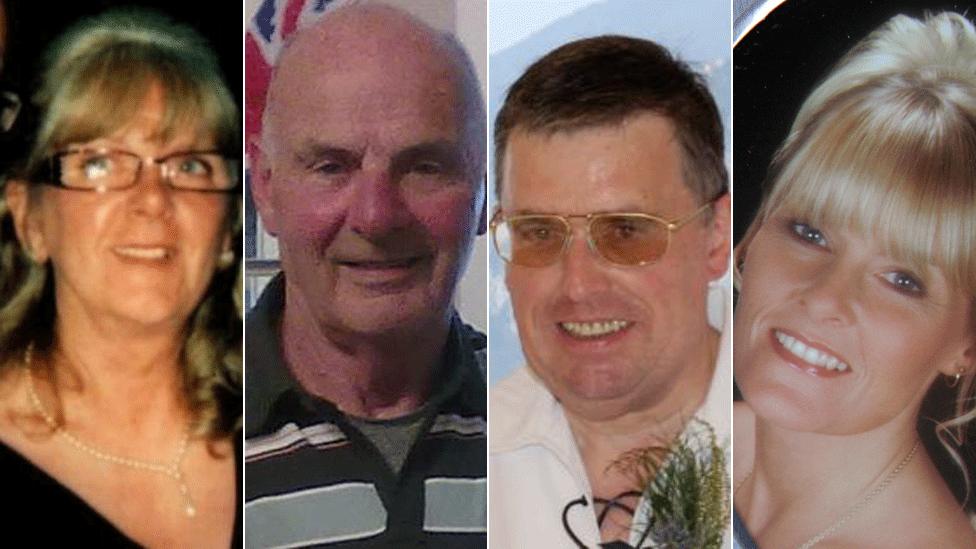
Elizabeth Allan, Len Stern and Iain Provan died at the Jim Clark Rally in 2014, while Joy Robson, right, died at the Snowman Rally in 2013
The inquiry found, external that all four had died from "multiple injuries" after being struck by the cars, which had experienced an "involuntary loss of control".
The sheriff said he found no defects in the system of working at the Snowman Rally, and that no precautions might have avoided the death.
However, he said that the deaths at the Jim Clark event might have been avoided had an area north of the Leet bridge been "created, delineated and identified" so it "clearly prohibited spectators or photographers from standing anywhere in that area".
He also identified a "weak, ambiguous, and ultimately inadequate verification system" for checking the proper performance of the work of stage commanders or stage setup crews in identifying the areas which were prohibited to spectators for safety reasons.
The sheriff delivered a string of recommendations including:
all rallies should have clear and properly prepared set-up arrangements shared with marshals so they are clear of precise prohibited areas
at least one safety car should have a specific remit to ensure prohibited areas are clearly marked
rally organisers should keep a record of crashes or "near misses" to identify areas where spectators might be at risk of injury
the introduction of a warning light system in rally cars to ensure they can be stopped as quickly as possible
consideration should be given to training marshals to deal with situations where spectators put themselves on a live rally track.
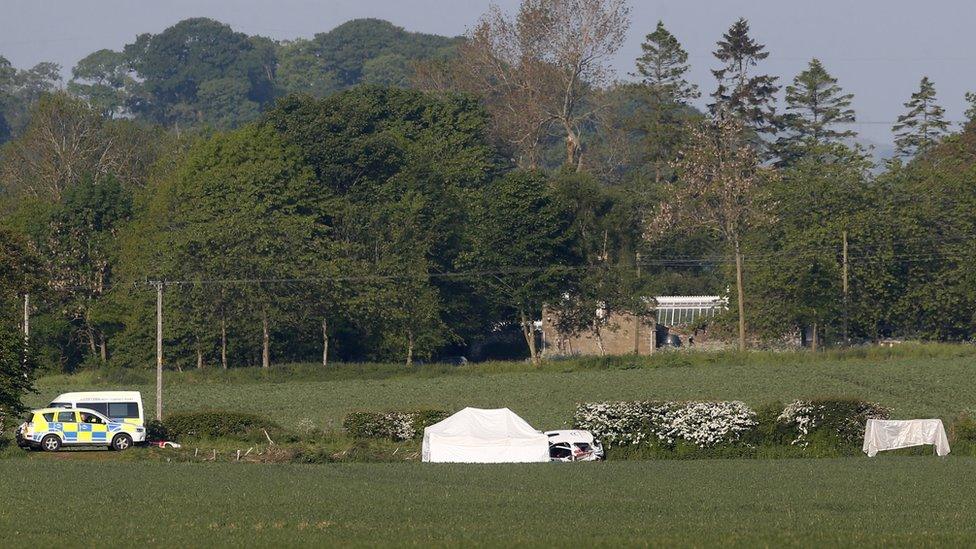
The sheriff criticised the verification system at the Jim Clark Rally
A spokesman for the Jim Clark Rally said: "Those involved in the organisation of the rally have received a copy of the sheriff's determination.
"This is quite a lengthy report which will have to be read and digested.
"After which the senior officials will meet up to discuss it and its findings."

What have the relatives of the victims said?
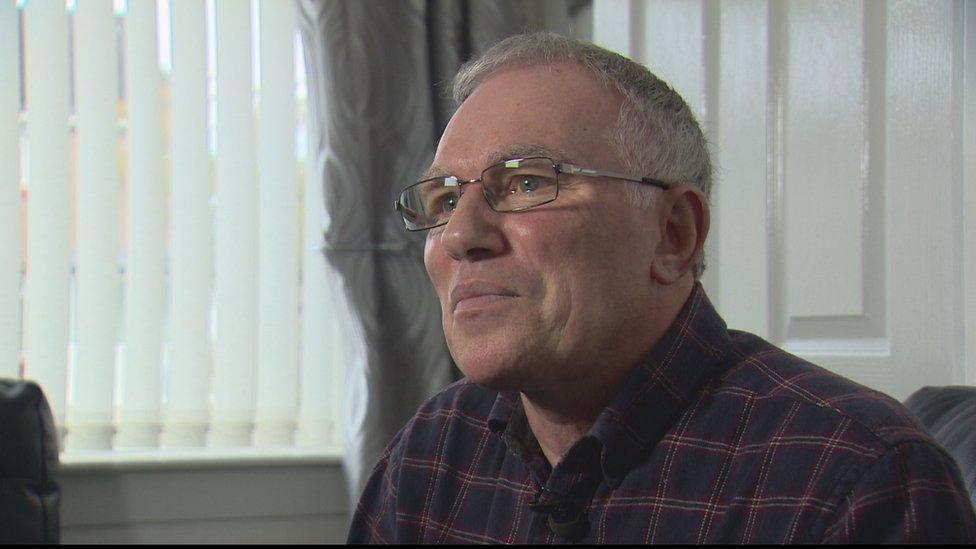
Donald Martin suffered a shattered pelvis in the crash at the Jim Clark Rally
Donald Martin, from Renfrew was among those injured in the Jim Clark Rally crash. He suffered a shattered pelvis, seven fractured ribs and injuries to his leg.
He had been watching the rally with his sister-in-law Ms Allan, her partner Mr Provan and his friend Mr Stern.
He told BBC Scotland they believed they were in a "safe area".
"Where we stood there was no signage to state that there were no spectators allowed to stand there and we were even allowed to stand behind the taped area and considered it a safe area," he said.
"We didn't get moved in any way. We assumed it was safe. The organisers didn't tell us anything different. They came through with the spectator control cars and nobody moved us back from the taped area."
Speaking ahead of the publication of the sheriff's findings, he said he hoped rallying overall would be made a "lot safer" from a spectator point of view.
Andrew Henderson, from Thompsons Solicitors, issued a statement on behalf of Ms Robson's family.
"For Joy's children this was never about trying to stop rallying but rather to improve safety for the spectators," he said.
"They always believed that the best way to do this was through the FAI process so that evidence could be properly evaluated and recommendations made.
"This is a very difficult time for them but they are absolutely resolute in their wish that no other family should ever go through the horror they have and that rallying is made as safe for its fans as it can possibly be."

What is the reaction from the sport?
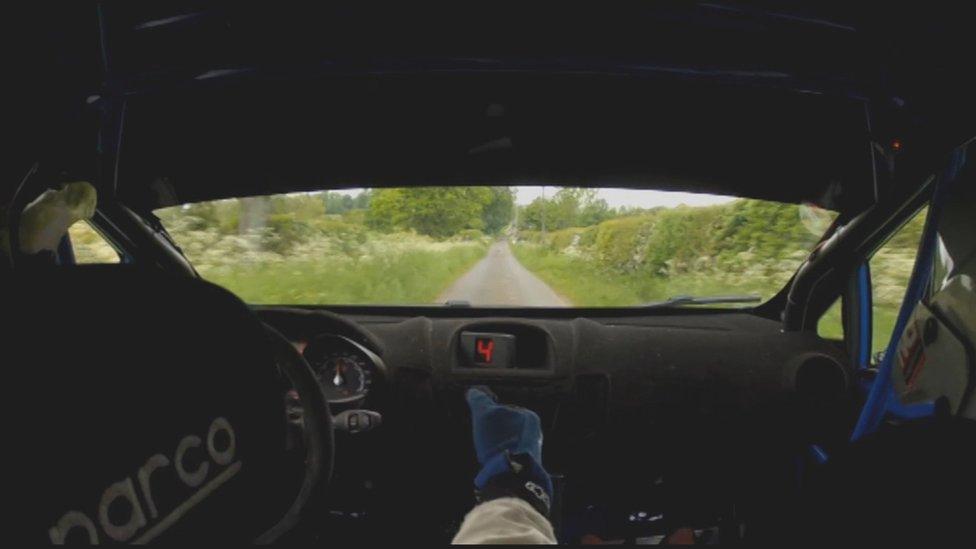
Rob Jones, chief executive of the Motor Sports Association, welcomed the swift publication of the determination and its "thoroughness".
"We acknowledge the sheriff's analysis of the circumstances leading up to each accident, in both cases arising in the context of events that were organised by what were stated to be experienced volunteers demonstrating the highest levels of dedication and responsibility," he said.
"At this stage, we require more time to fully consider the sheriff's recommendations and we will offer our response as soon as we are able to do so. In the meantime, we wish to reiterate our sincere sympathies to the victims' families."

Why was a joint inquiry held?
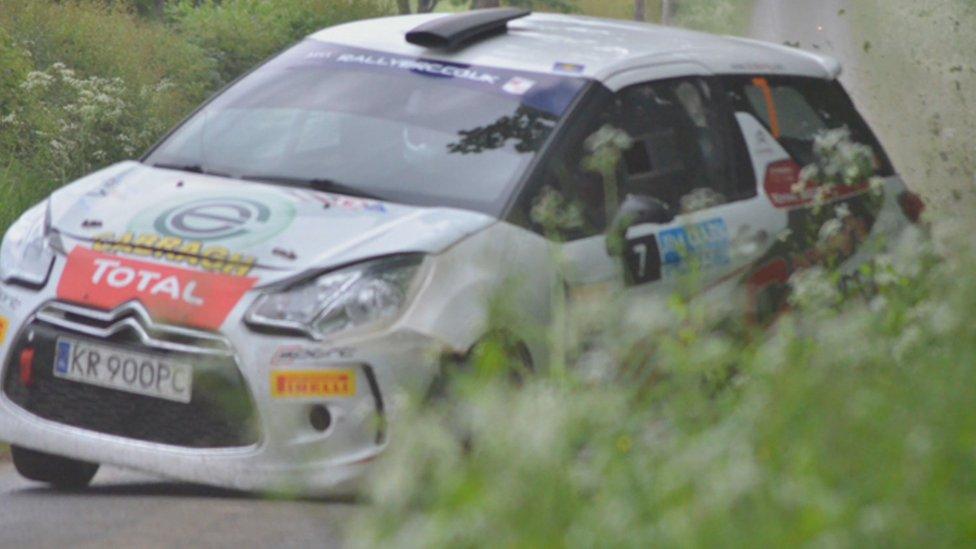
Plans to hold a hearing into both accidents were announced almost a year ago.
The Crown Office said new legislation, making possible to hold a single hearing into deaths in different parts of Scotland, would allow it to hold such an inquiry for the first time.
The aim was to examine the full circumstances of the accidents and "help to avoid such incidents happening in the future".
The Crown Office said the two events raised "similar questions in relation to spectator safety at rallies", and that the Lord Advocate felt it was in the public interest for the issues to be explored together.

What evidence did the inquiry hear?
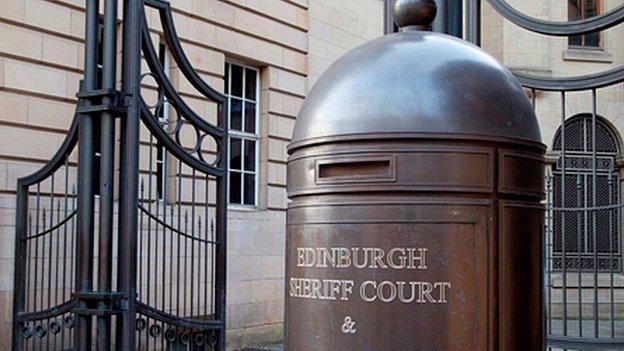
Edinburgh Sheriff Court heard from a wide range of witnesses to both crashes.
The inquiry began in mid-July with a rally driver describing how his car went out of control before hitting a spectator at the Snowman event.
Ms Robson's son, Dean, also gave evidence of the moments leading up to his mother's death.
After a couple of weeks, attention turned to the events at the Jim Clark Rally where three people died.
A co-driver at the rally recounted how she had tried to give medical aid to people at the scene.
The driver of the car involved in the crash broke down as he told the inquiry he saw a woman "flying in the air".
- Published22 August 2017
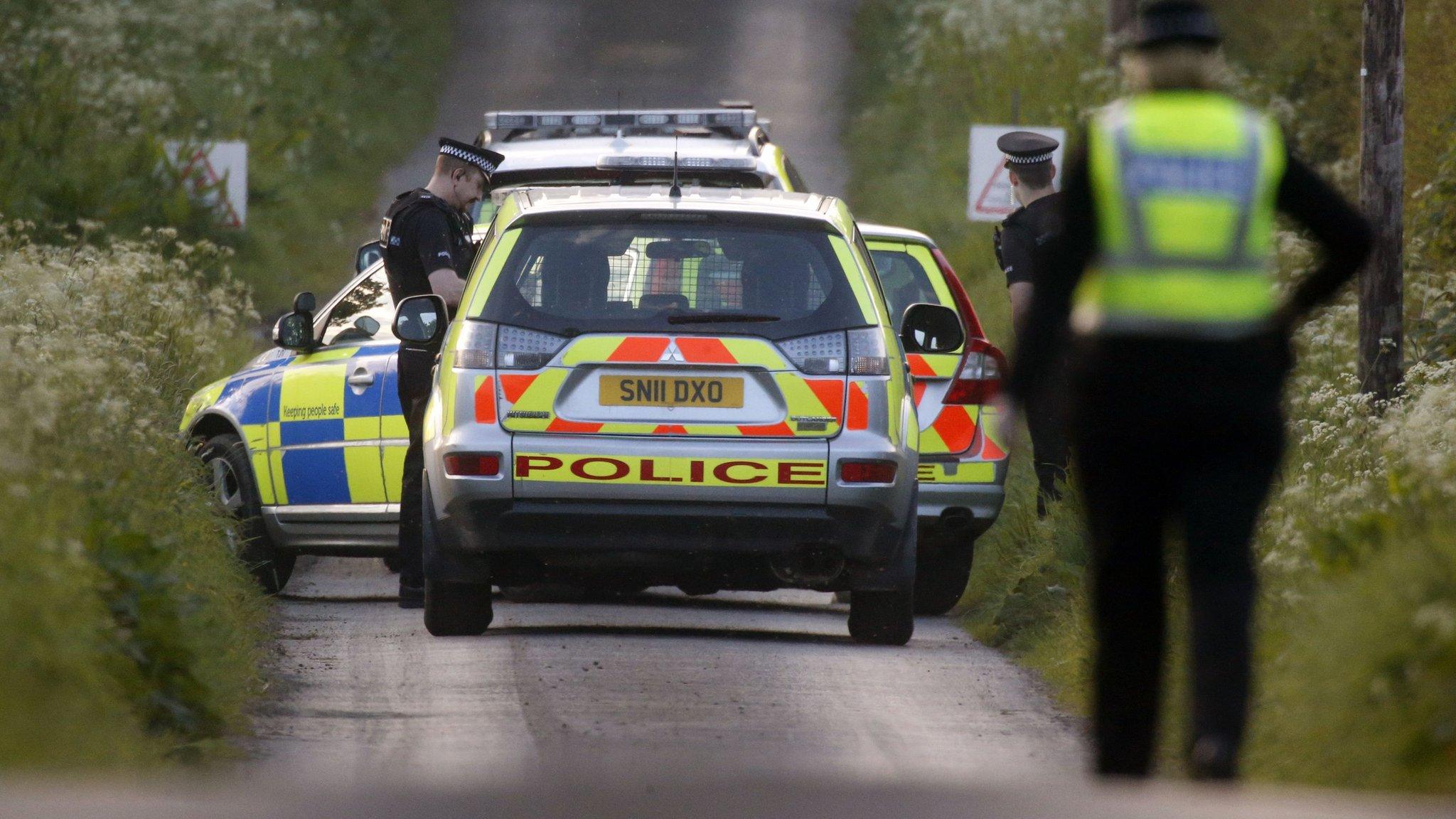
- Published18 August 2017
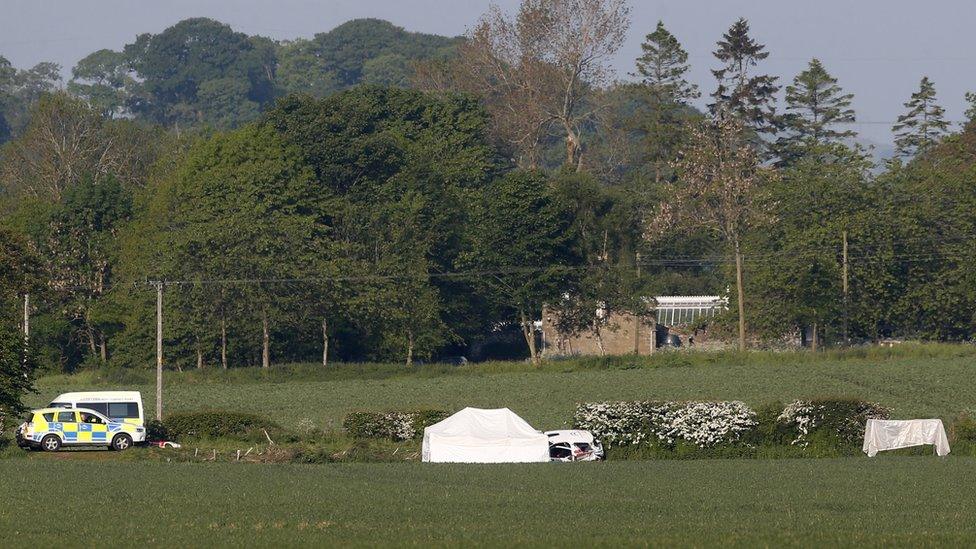
- Published14 August 2017
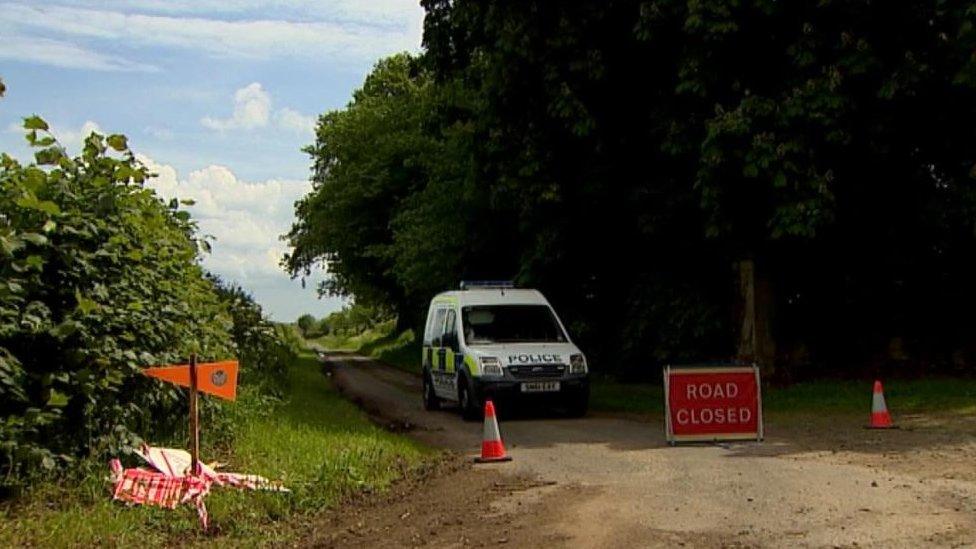
- Published10 August 2017
